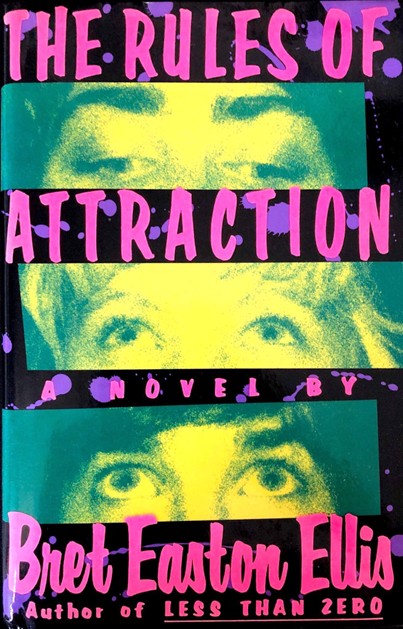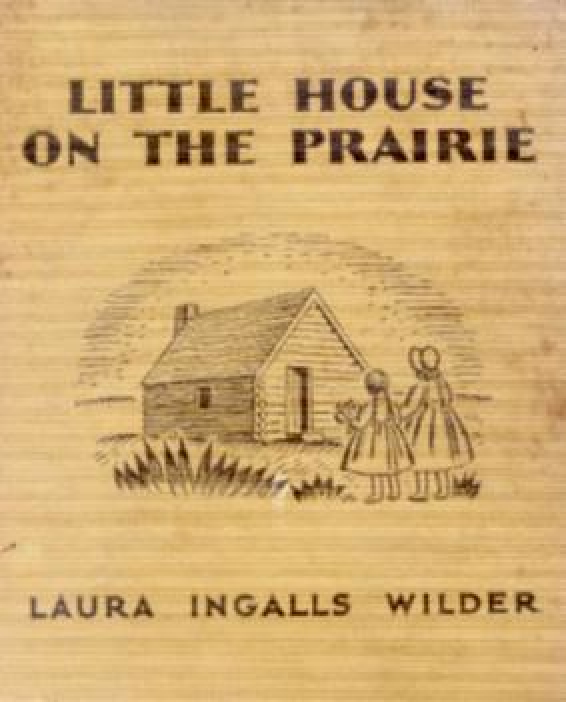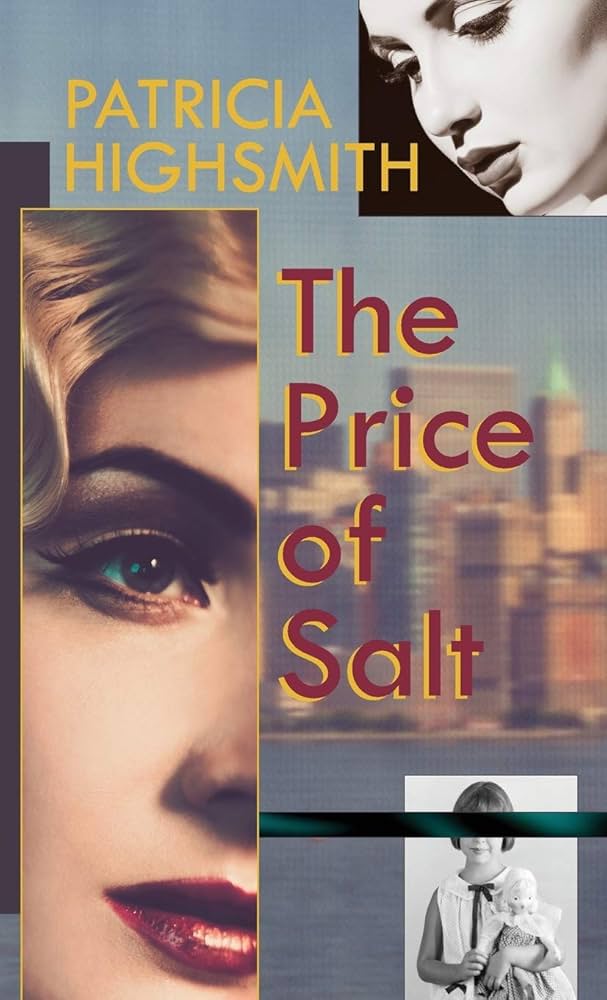So many coming-of-age novels are set during high school, when things are obviously turbulent (puberty, dating, getting into college, having to wake up at zero dark thirty and go sit in a building with hundreds of your fellow crazy hormonal teenagers, etc.), but I’ve read very few coming-of-age novels set during college, a time which one could argue is even more stressful and convoluted. That’s why, when I read Bret Easton Ellis’s 1987 novel The Rules of Attraction during my freshman year of college, it was as if a bolt of lightning had struck me. I hadn’t even been immersed in campus life for very long, but the way Ellis writes about classes, sex, drugs, mental illness, and everything else you have to grapple with while at college is simultaneously terrifying and breathtaking in its frankness.
The Rules of Attraction follows Sean, Lauren, and Paul – three promiscuous, drug-addled students at a private liberal arts college in New Hampshire (a stand-in for Ellis’s Vermont alma mater Bennington) who become entangled in a quite messy love triangle. To put it simply, Paul is hooking up with Sean who is dating Lauren who used to date Paul. The novel switches between the point-of-view of all three protagonists, and each of them have different understandings of what is going on. For example, Paul mentions in detail the relationship he has with Sean, but in the latter’s chapters, Paul is just a guy he kind of knows. This leaves the reader to wonder – is Paul embellishing (or straight up lying about) the details of his relationship with Sean, or does Sean refuse to admit that he is having an affair with a man? I, for one, believe the latter. Ellis’s identity as a queer writer is crucial to deciphering this aspect of the novel; the scenes from Paul’s point of view are rendered in an explicit and personal manner that could only come from a queer perspective. This leads me to find truth in Paul’s side of the story — his untamable desire for Sean hits so close to home that it would be too painful to believe it’s not reciprocated.
The story is set during the fall term of 1985, and, in typical Ellis fashion, there are plenty of pop culture references that serve as markers of the time period. These are not simply throwaway references included for the sole purpose of connecting with a younger audience; instead, they further the plot in critical ways, especially if you have some prior context of what these allusions entail. For example, when Paul and Sean have sex for the first time, the former says: “Something romantic was on the tape. I forget what it was exactly, maybe Echo and the Bunnymen or ‘Save a Prayer’ but it was something that sounded lush and slow and appropriate.” On the other hand, Sean’s aloofness is demonstrated in his flippant reaction to what’s playing on the stereo; in his telling of the story, he says: “We drink some cold ones and smoke some pot but I can’t deal with the… Duran Duran music and weirdo stares so we talk a little while longer and I get wasted.” Sean and Paul’s differing reactions to the music are another indicator of the two men’s approaches to their queerness; Paul relates to the inherent melancholic beauty of these songs, while Sean’s machismo makes him indifferent to the “feminine” sounds of new wave. The Rules of Attraction is often jarring due to its depiction of queerness that is unabashedly authentic for a novel from 1987. It’s important to note that the novel was released during the height of the AIDS crisis, and yet it doesn’t shy away from having an honest conversation about sex that doesn’t end up promoting abstinence.
The Rules of Attraction approaches queerness in a manner that is radical in its casualness. In recent years, there has been an increased effort (conscious or otherwise) within the queer community to become hyperfocused on enforcing rigid labels. In real life social settings and especially in online spaces, queer people are expected to identify as a specific thing (gay, bisexual, etc.) and to not stray from that. An unnecessary amount of contempt is directed at people who decide that they no longer identify with a certain label, or even at people who express that they may be questioning their current identity.
There is a beauty in labels — they foster community and allow for people to realize that there are others who feel the same way they do. However, with the intracommunal policing of these labels, they lose their original value and instead only foster division. In The Rules of Attraction, none of the characters seek to define themselves with words and categories. They sleep with who they sleep with, and that’s it. Thus, Ellis’s protagonists are liberated in a manner that one is hard-pressed to find in today’s increasingly sex-negative social and artistic landscapes.
Last year, as a college junior I re-read The Rules of Attraction, and it completely altered my brain chemistry for a second time. I was only slightly more worldly at 21 than I was at 18, but Ellis’s novel nevertheless hit me in a totally unique way. I was awestruck at the way he connects these disparate lives in so seamlessly, while also showing how wild and erratic their story is. He understands the fundamental absurdity of the college experience in a hilarious, morbid, and disturbing manner that I’ve never encountered in any other work of art. If you’re struggling to find your place amidst the insanity that is college life, The Rules of Attraction is essential reading.
Buy The Rules of Attraction here.




